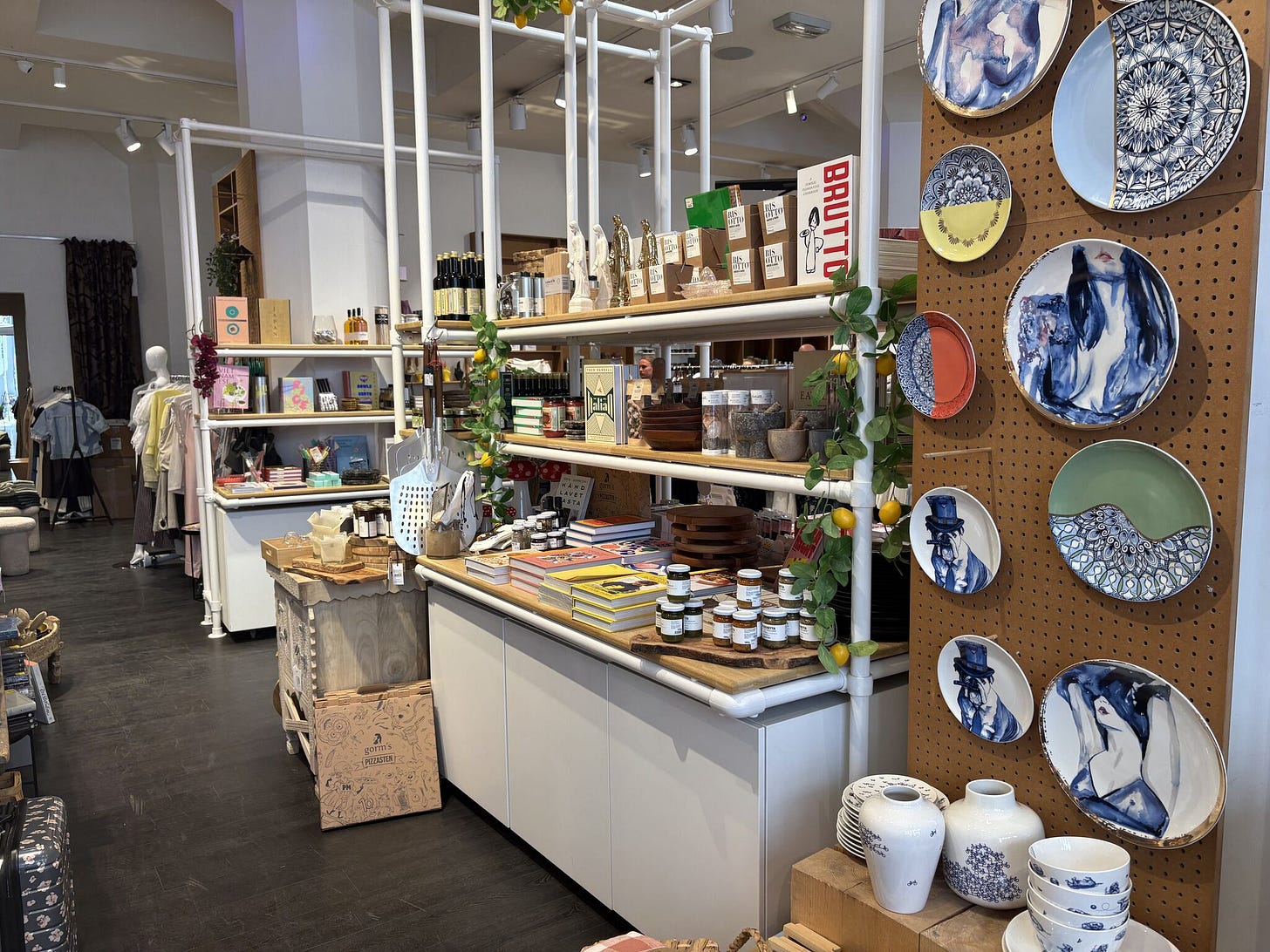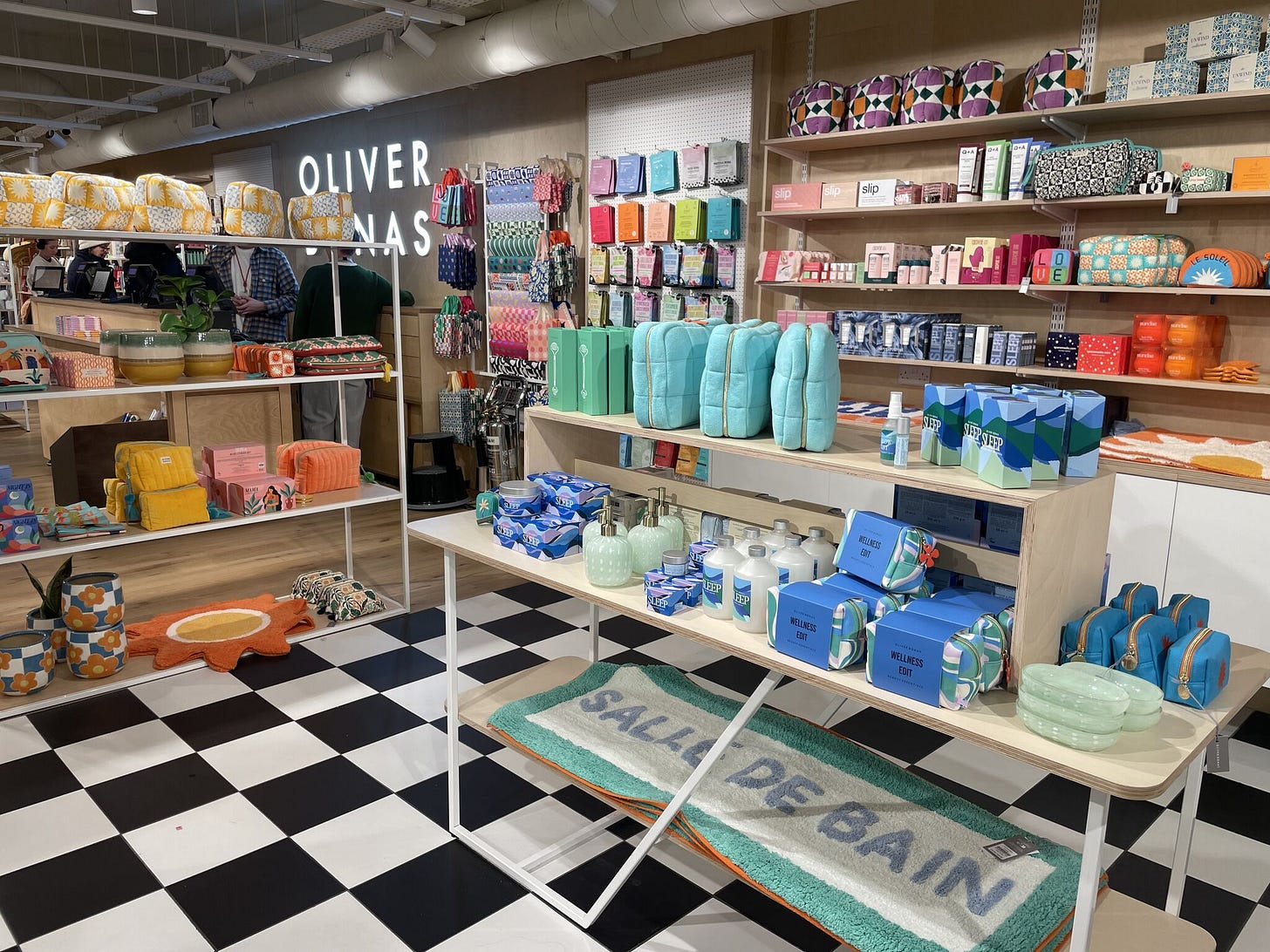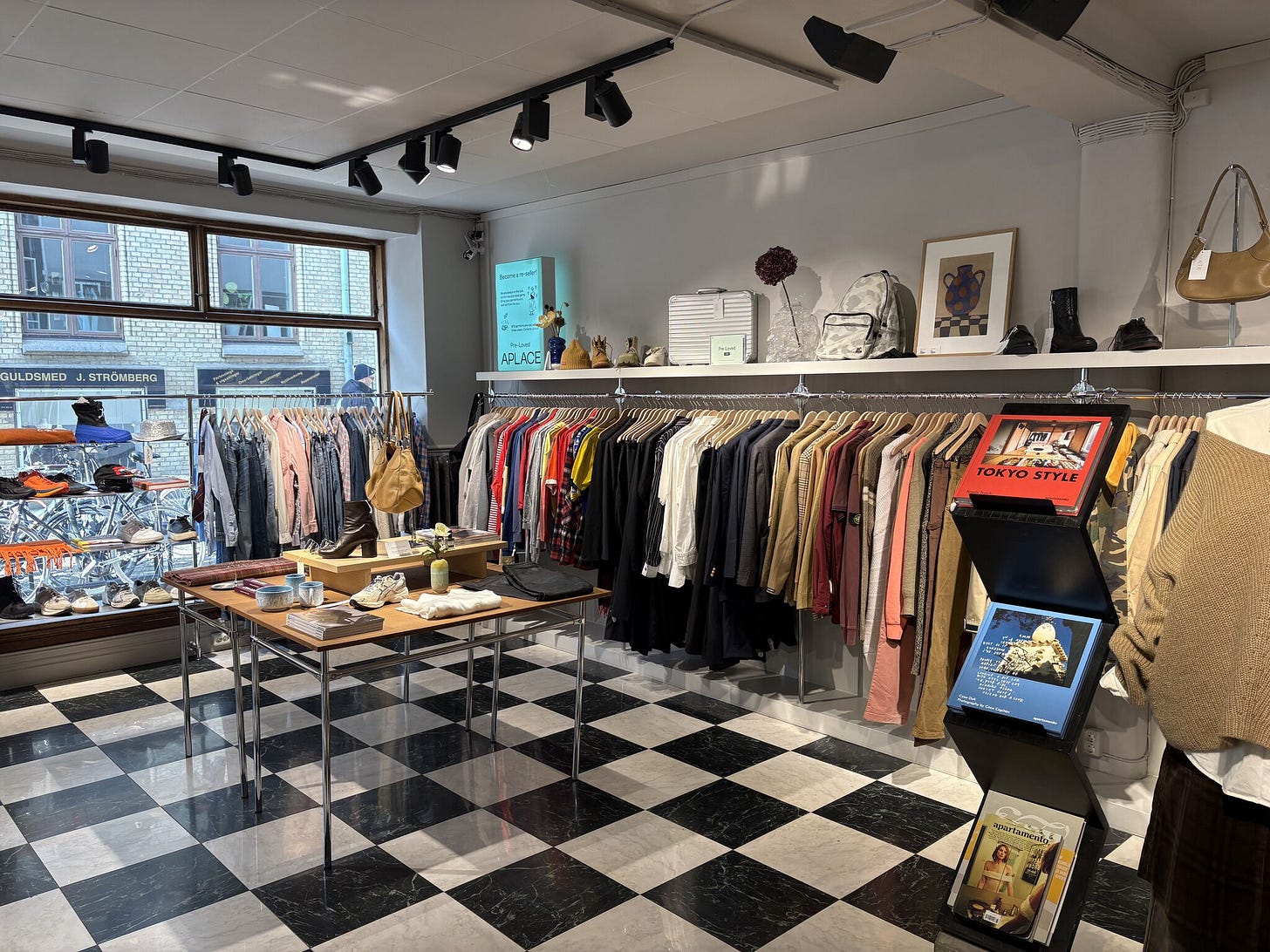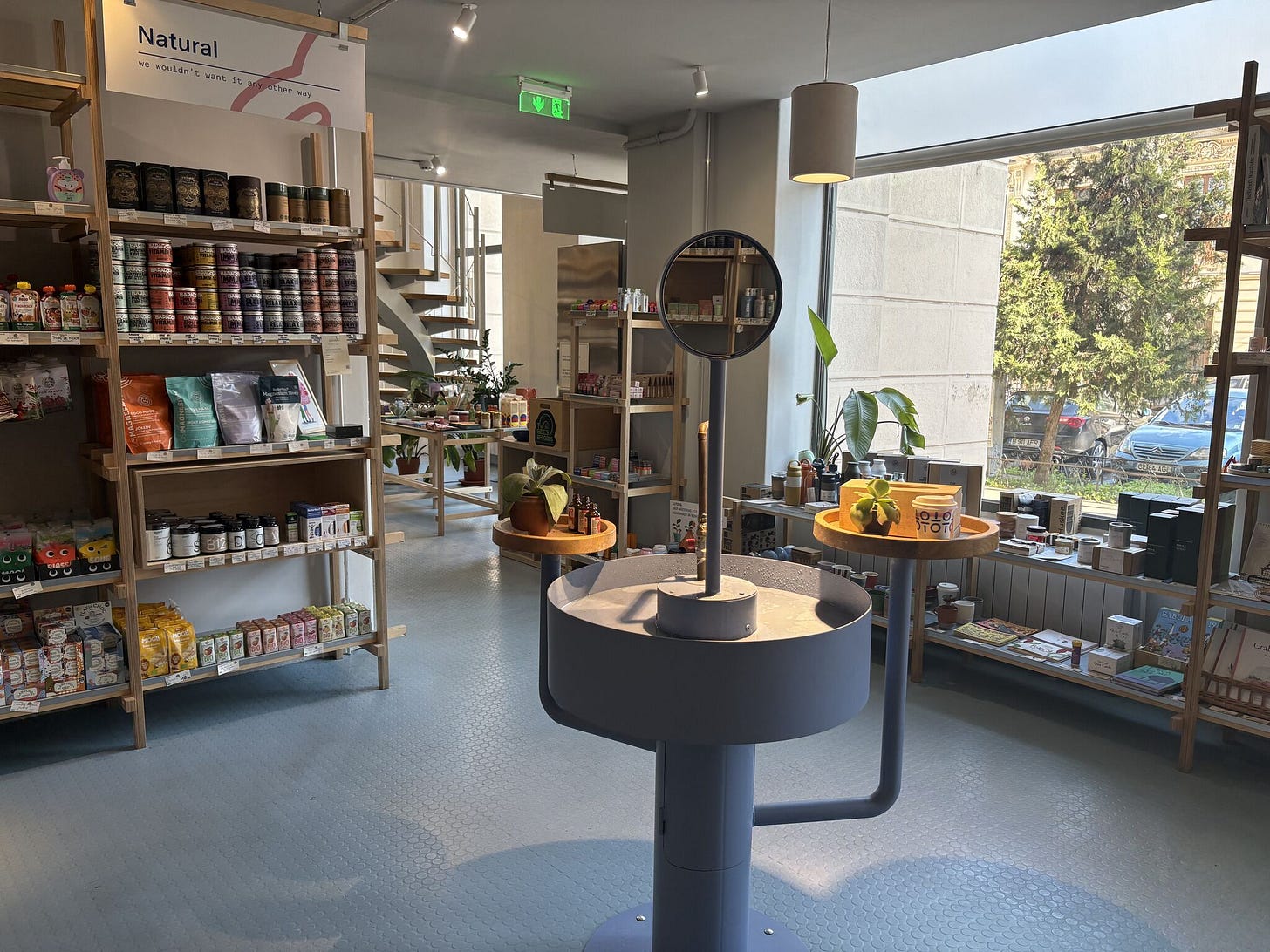The new homes of department store shoppers
This isn’t everything for everyone. This is the right things, just for you.
Everywhere I go, I see them.
Relatively small, beautifully merchandised stores that appear, at first, to be fashion stores that do some adjacent lifestyle products.
But then as I walk further, there’s more.
Homewares and accessories appear from nowhere, and then jewellery.
I turn a corner and there’s beauty and wellness. I turn again, and I see food and drink, right next to books and stationery.
In a sense, I’m in a department store. Except this one, rather than being vast, uninspiring and difficult to navigate, is engaging and surprising.
What’s more, far from fighting for survival, these department stores seem to expand their categories and offering all the time.
I think they tell us a lot about the future of physical retail.
Curation, curation, curation
These stores are everywhere.
There are smaller examples like Norr in Copenhagen, Aplace in Sweden or Wolf & Badger in New York and London.
Then there are the bigger chains like Oliver Bonas.
And all share one fundamental characteristic: they offer products in every category - but a very small, curated and regularly changing selection in each.
This makes sense, principally, because the ability to offer endless choice is a race to the bottom. If you aren’t Amazon, Walmart, Temu or their ilk, you’ll never truly be able to compete on range or price.
But they also tap into a bigger and more fundamental idea.
Customers want choice, but not endless choice. Ultimately customers want a retailer to know them, and to offer a selection of products that fits their needs, wants and identities (the online giants are good at this too).
And so strategically, that’s exactly what these “mini” department stores are doing. Curated selections that match specific customer profiles.
This isn’t everything for everyone. This is the right things, just for you.
Designed to disrupt and surprise
Online shopping is logical, and most traditional department stores are structured logically too.
If you picture one in your mind now, you already know where everything is. Beauty as you enter, fashion on the next two floors, then homewares and everything else, and then food at the top.
The purpose, and therefore the mood, is shaped by function. You get what you expect.
And if the fight between online and offline is purely about function, online will normally win.
But what if the customer is looking for discovery and inspiration? What if they want to be surprised?
In both Norr and Aplace, there really isn’t a logical pattern to where products are placed and how they are merchandised. Second-hand is put side-by-side with new. Fashion is next to food. Books are adjacent to beauty.
The point is to disrupt and surprise - and it works.
The multi-category shift
At a bigger level, these same ideas are continuing to influence the strategies of much bigger companies.
H&M and Zara’s offering, both online and in-store, is an increasingly multi-category one.
Next in the UK is a huge success story built around becoming a marketplace for a wide range of brands in a wide range of categories.
And frankly, everywhere you look, fashion brands and retailers are moving into home, kids and other categories.
There’s a strange and cruel irony in the fact that while so many department stores struggle, some brands and retailers are expanding into other categories and looking more like department stores every day.
But this fact should be a source of hope for the future too.
The demand that never disappeared
Department stores are, in my opinion, unequivocally important to our cities and societies.
They anchor locations around the world, and their role often transcends shopping. Macy’s Day Parade is a cultural moment. Simply going to Selfridges, for some people, is like a pilgrimage. Proximity to a John Lewis used to have a genuine effect on whether you chose to live in the area.
And so their struggles are not to be taken lightly.
But the emergence of these “mini” department stores and the way many brands are expanding into adjacent categories tells us the department store shopper never actually disappeared.
They are still there - they may have just started to find new homes.
Winning them back is a massive and complex challenge, and there is no silver bullet.
Perhaps the fightback begins by learning from these new homes, their strategies and their laser focus on a specific customer type.
These stores aren’t easy to navigate and they don’t follow clear logic.
But then neither do customers.
Extra insights
The store does a lot more for online retail than you might think. And the most forward-thinking brands have already latched onto this. [Keep reading here.]









Curation is where it’s at. Your descriptions and images have me longing for strolling around all of those major cities, popping in and out of stores ✨
Curation is key! This is what many department stores and retailers in general have lost sight of. Great call outs!